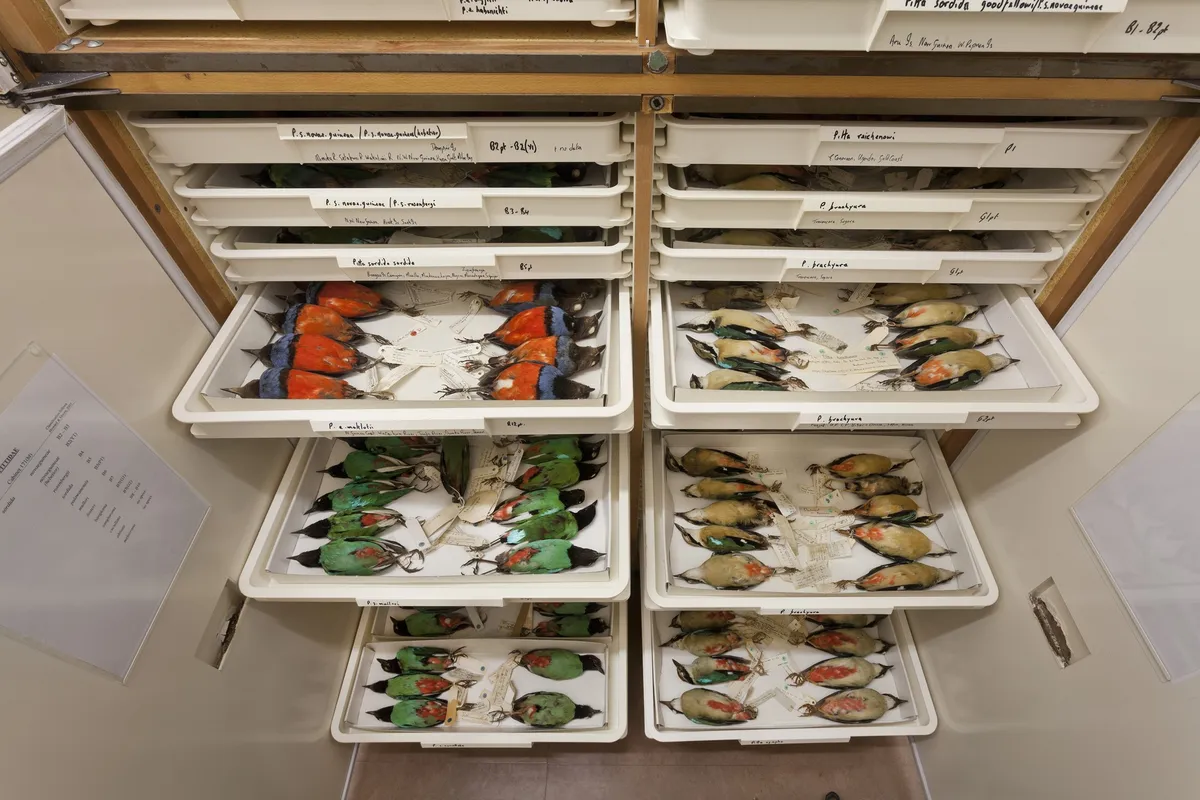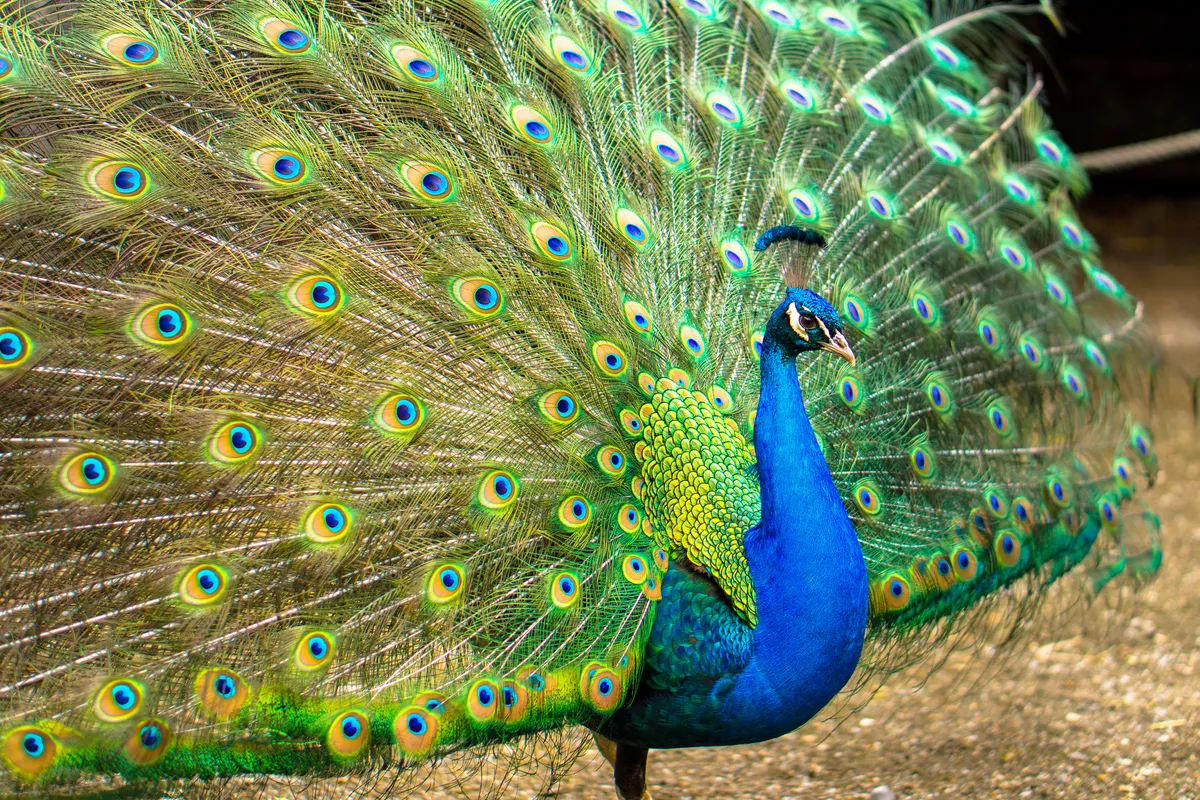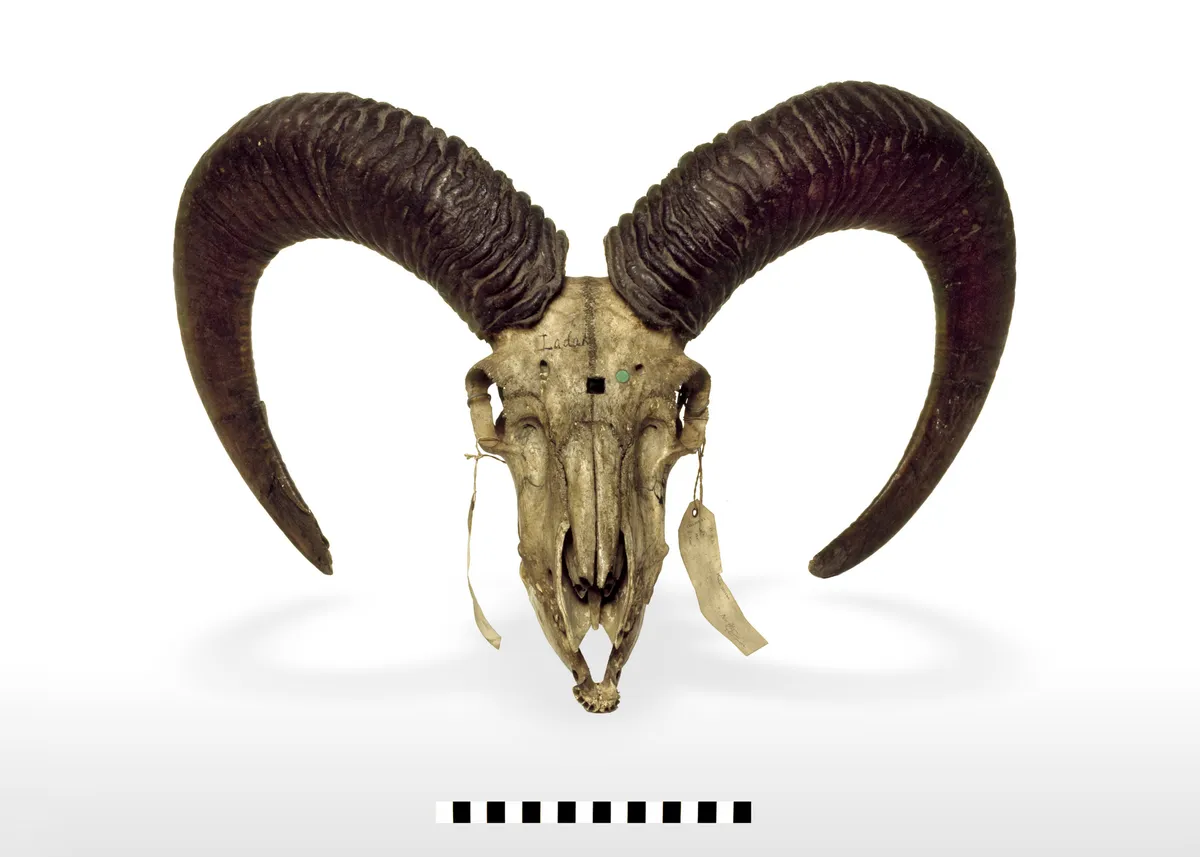Researchers have examined the collections of five international natural history museums, including the Natural History Museum (NHM) in London (as well as the American Museum of Natural History, the Field Museum of Natural History, Muséum National d’Histoire Naturelle, and the National Museum of Natural History, Smithsonian Institution ) and revealed a slight bias towards male specimens in their collections.
The researchers analysed over 2 million specimen records, looking at sex as well as other sex-specific characteristics. Bird specimens in these museums were shown to be only 40% female, and mammals 48% female. These numbers did however vary between animal orders and species.
The greatest bias was shown in name-bearing types (including holotypes, syntypes, lectotypes and neotypes). These are the particular specimens to which a scientific name is attached. In these only 27% of bird and 39% of mammal types were female.
These findings may be significant as these kinds of specimens are widely used in studies of taxonomy, ecology, evolution, and conservation. Museum specimens are often used to designate new species for example.

Sex is a characteristic that influences many aspects of an animal’s ecology, behaviour, and development. However, it has often been overlooked, and studies may base conclusions on observations and measurements of just one sex.
The problem with this is that studies may assume that their data is representative of the population or species as a whole. This is unlikely to be the case if one sex is neglected, and significant information on a species may be missed.
Dr Alex Bond from the Natural History Museum explains, “It’s important to understand the biases in museum collections so that we can make sure that their limitations are acknowledged. But at the same time, it shows how useful it can be to look across millions of specimens by using digital records”.
The researchers found, to their surprise, that this male bias persisted through the record, even in modern samples.
“Given the age of most major natural history collections, some male bias may be related to the changes in attitudes towards sex through time, therefore, we expect male bias to decrease towards the present due to changes in collection methods and motivations over the last century, but interestingly we see no improvement through time, even recent collections are male biased,” says Dr Natalie Cooper, lead author of the study.
This observation raised the possibility of multiple explanations for the bias. The paper details the various reasons why more males might be collected than females, much of them accidental and unconscious.
One major suspected reason is that collectors deliberately select more “impressive” specimens, i.e. those that are more colourful, large, or have ornaments or weaponry such as crests and antlers. Due to sexual selection and competition it is often males that possess these features.

Collectors may also avoid females because they are with their young, and there are ethical and conservation considerations.
Alternatively, it may be the abundance or behaviour of the males themselves that lends them to being more easily caught. They may be more numerous, more conspicuous, have lower neophobia, and due to greater dispersal and habitat use in some species, may be simply more likely to come across hunters and traps.
Some of these theories were supported by the data. The researchers found that in passerine birds the “showier” ornamented males are favoured, and in species where females are more similar in size to males there is less of a male-bias.

The study concludes that museum professionals and scientists who utilise these specimens in their research should make themselves aware of these biases. Then they can not only account for these skewed sex ratios in their studies, thereby improving the ecological validity of results, but also attempt to acquire materials that resolve these biases in the future.
Read the full paper in Proceedings of the Royal Society B.
Main image: Museum bird specimens. © Trustees of the Natural History Museum
